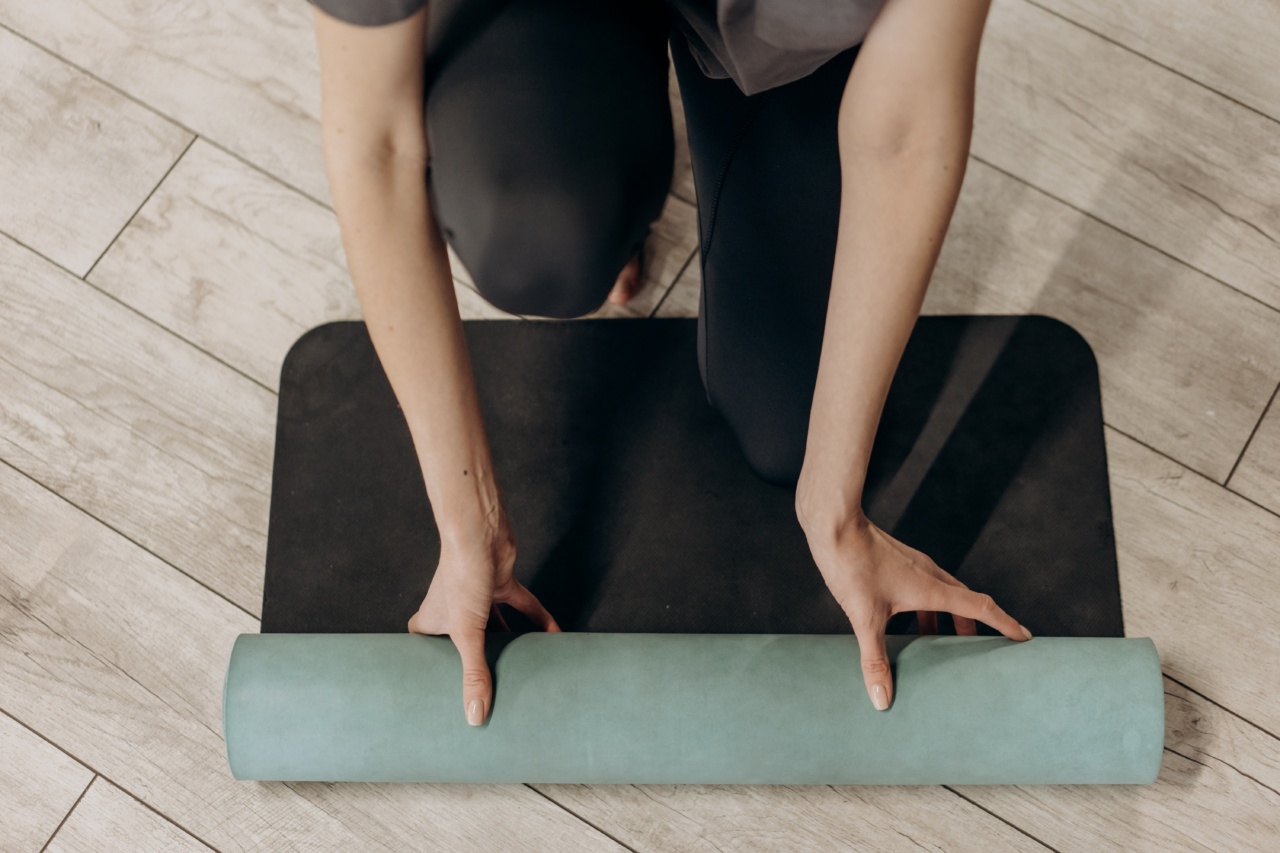If you’re looking to lead a healthy lifestyle, one of the most important things that you can do is exercise regularly.
Exercise has been proven to have a wide range of benefits for our physical and mental health, including reducing our risk of chronic diseases, improving cardiovascular health, and even increasing our lifespan.
But with so many different types of exercise out there, it can be tough to know what type of exercise is best for you, how frequently you should be exercising, and what specific exercises you should be doing to get the most benefits.
That’s where science comes in. In this article, we’ll take a look at the latest research on exercise and provide you with a science-backed exercise routine that you can follow to improve your health and fitness.
Understanding the Benefits of Exercise
Before we dive into the specifics of an exercise routine, it’s important to understand why exercise is so beneficial for our health. Here are just a few of the many benefits of exercise:.
1. Reducing the Risk of Chronic Diseases
One of the most important benefits of exercise is that it can help to reduce our risk of chronic diseases, such as heart disease, diabetes, and certain types of cancer.
Exercise has been shown to have a positive impact on several different risk factors for these diseases, including blood pressure, blood sugar levels, and cholesterol levels.
2. Improving Cardiovascular Health
Exercise is also great for our cardiovascular health. Regular exercise has been shown to improve our heart health in a number of different ways, including strengthening the heart muscle, reducing blood pressure, and improving cholesterol levels.
3. Increasing Lifespan
Research has also found that regular exercise can increase our lifespan. A study published in the British Journal of Sports Medicine found that people who exercised regularly had a 40% lower risk of premature death than those who were sedentary.
The Science-Backed Exercise Routine
Now that we understand why exercise is so important for our health, let’s take a look at a science-backed exercise routine that you can follow to improve your fitness:.
1. Cardiovascular Exercise
Cardiovascular exercise, also known as cardio, is any type of exercise that gets your heart rate up and increases your breathing rate.
This type of exercise is great for improving cardiovascular health, burning calories, and reducing the risk of chronic diseases.
Some great options for cardiovascular exercise include:.
- Running or jogging
- Cycling
- Swimming
- Brisk walking
- Rowing
How much cardiovascular exercise you should do depends on your fitness goals. The American Heart Association recommends at least 150 minutes of moderate-intensity exercise or 75 minutes of vigorous-intensity exercise per week for adults.
2. Strength Training
Strength training, also known as resistance training, involves using weights or resistance bands to build strength and muscle mass.
This type of exercise is great for improving bone density, increasing metabolism, and boosting overall strength and fitness.
Some great options for strength training include:.
- Weightlifting
- Bodyweight exercises
- Resistance band exercises
- Kettlebell workouts
How often you should do strength training depends on your fitness goals. The American College of Sports Medicine recommends doing strength training exercises at least two days per week.
3. Flexibility Exercises
Flexibility exercises, also known as stretching, involve moving your joints through their full range of motion. This type of exercise is great for improving flexibility, reducing the risk of injury, and reducing muscle soreness.
Some great options for flexibility exercises include:.
- Yoga
- Pilates
- Stretching exercises
How often you should do flexibility exercises depends on your fitness goals. The American College of Sports Medicine recommends doing flexibility exercises at least two days per week.
Putting it All Together
So how do you put all of these exercises together to create a science-backed exercise routine? Here’s an example:.
- Monday: 30 minutes of cardio, 30 minutes of strength training
- Tuesday: 20 minutes of cardio, 20 minutes of flexibility exercises
- Wednesday: Rest day
- Thursday: 30 minutes of cardio, 30 minutes of strength training
- Friday: 20 minutes of cardio, 20 minutes of flexibility exercises
- Saturday: 30 minutes of cardio, 30 minutes of strength training
- Sunday: Rest day
Of course, this is just one example of an exercise routine. The most important thing is to find an exercise routine that works for you and that you enjoy doing. Remember to start slowly if you’re new to exercise and to always listen to your body.
If you have any medical conditions or concerns, be sure to talk to your doctor before starting a new exercise routine.
Conclusion
Exercise is one of the most important things that you can do for your health.
By following a science-backed exercise routine that includes cardiovascular exercise, strength training, and flexibility exercises, you can improve your overall fitness and reduce your risk of chronic diseases. Remember to start slowly, listen to your body, and find an exercise routine that you enjoy doing!.






























